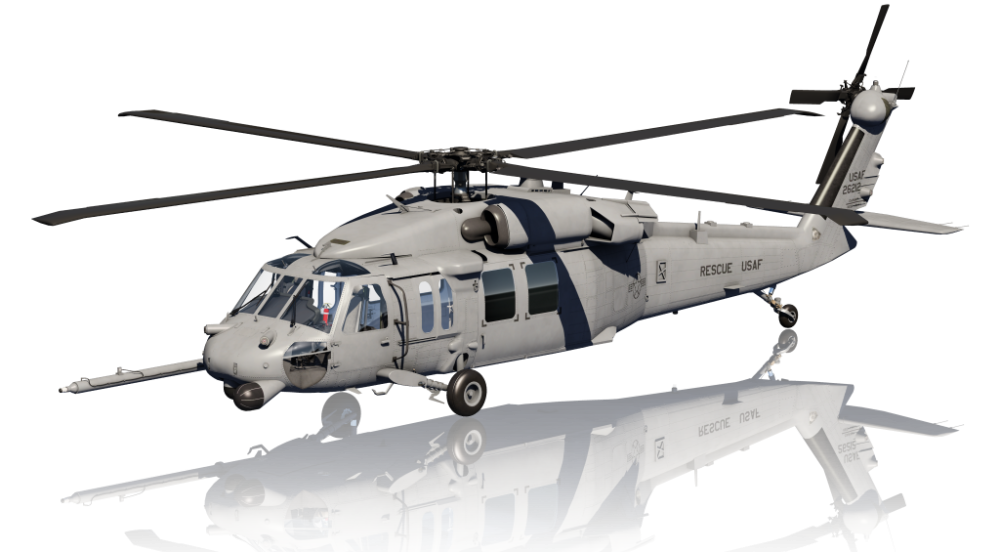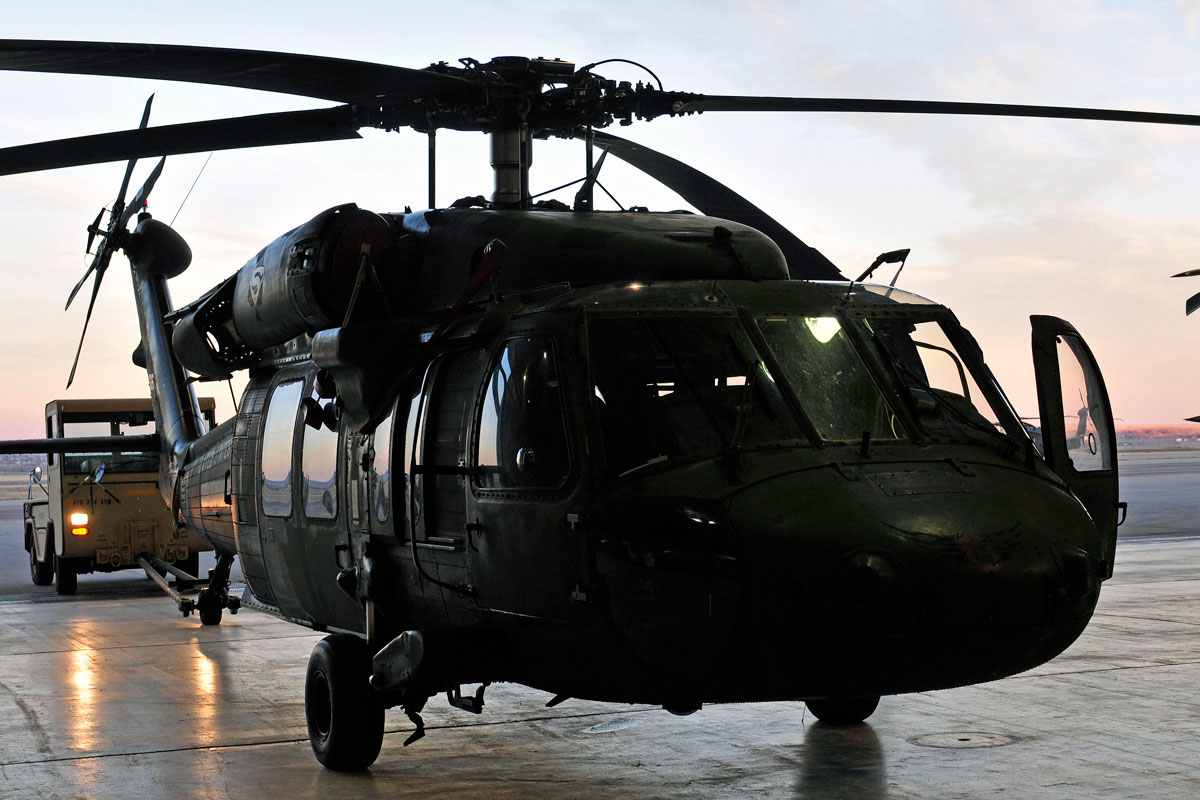UH 60 Black Hawk: Armed Forces Helicopter Attributes and Abilities
A Comprehensive Overview to the Upkeep and Care of Airplane for Long Life
The longevity of an aircraft pivots substantially on its maintenance and treatment, demanding an organized technique to guarantee optimal efficiency and security. Routine assessments, combined with an organized maintenance program, function as crucial elements in identifying possible issues prior to they rise. Moreover, the problem of the airplane's interior and adherence to regulative requirements play pivotal duties in protecting its worth. Recognizing the intricacies of these practices can be complicated; as a result, it is essential to discover the important elements that add to effective airplane treatment and the implications of disregarding these obligations.
Value of Regular Upkeep
Regular maintenance is necessary for the safety, efficiency, and long life of airplane. A systematic method to upkeep makes certain that all parts operate efficiently, thus minimizing the risk of mechanical failure throughout operation. Normal inspections and maintenance enable technicians to recognize potential concerns before they escalate right into significant troubles, ensuring that the aircraft continues to be in conformity with aviation laws.
In addition, keeping an airplane according to the supplier's standards is critical for protecting its value. A well-documented upkeep history can boost resale prospects and instill confidence in prospective purchasers. Additionally, routine upkeep contributes to functional performance, as it aids to enhance fuel intake and performance metrics, causing set you back savings in time.
Additionally, regular upkeep contributes to the overall safety and security of flight procedures (uh 60). By dealing with damage promptly, operators can minimize risks associated with aging airplane systems. This positive method not just safeguards the lives of passengers and crew but likewise safeguards the aircraft itself against devastating failings

Daily Inspection List
Just how can pilots and upkeep staffs guarantee the aircraft remains in ideal condition before each trip? The answer hinges on a thorough everyday assessment list, which functions as a vital procedure to determine possible concerns that can jeopardize safety and security and performance. This list ought to include several essential locations, including exterior and interior examinations, along with functional checks of essential systems.
Starting with the outside, staffs should analyze the airframe for any kind of noticeable damages, leaks, or indications of deterioration. Interest needs to be paid to control surface areas, landing equipment, and the problem of tires. Relocating to the inside, the crew must confirm that all instruments and controls are functional, guaranteeing that electronic systems are working properly.

Along with structural checks, it is necessary to examine gas levels and validate that all required documents, including registration and weight and equilibrium info, depend on day. A review of emergency situation devices, including life vests and fire extinguishers, need to be performed to ensure conformity with safety and security policies. By carefully following this daily assessment list, pilots and upkeep crews can substantially improve the security and reliability of their airplane.
Set Up Maintenance Programs
Scheduled upkeep programs are important for the lasting safety and security and effectiveness of aircraft operations. These programs are created to ensure that all airplane parts undertake normal evaluations, maintenance, and needed repairs at fixed intervals. By adhering to an organized upkeep routine, drivers can substantially lower the threat of in-flight failings, improve aircraft integrity, and prolong the life-span of essential components.
Generally, arranged maintenance is classified into different levels, consisting of A, C, b, and d checks, each with distinct requirements and thoroughness. A checks are usually extra regular and concentrate on standard aesthetic examinations and minor repairs, while D checks are extra comprehensive and take place less frequently, including comprehensive disassembly and overhaul of the airplane.
Governing bodies, such as the FAA and EASA, mandate compliance with specific maintenance routines based on airplane kind and use. Operators should maintain careful documents of all maintenance executed to demonstrate compliance and help with assessments. The integration of predictive upkeep technologies can better boost the effectiveness of scheduled programs by determining possible problems before they intensify, consequently making certain that airplane remain in optimal problem and prepared for secure procedures.
Treatment for Aircraft Interiors
Taking care of aircraft interiors is important not only for passenger convenience however also for keeping the overall value and safety and security of the airplane. Normal cleaning and maintenance of the interior parts add significantly to a positive flying experience while maintaining the airplane's visual appeal.
To ensure optimal care, it is vital to develop a regular cleaning routine that consists of vacuuming carpetings, wiping down surfaces, and disinfecting high-touch areas. Upholstery and seating must be evaluated for wear and tear, with any damages immediately dealt with to stop additional degeneration. Furthermore, focus must be offered to my review here the galley and lavatory locations, which need complete cleansing and restocking of materials to preserve hygiene.
Furthermore, making use of proper cleaner is vital; rough chemicals can damage materials and surfaces, so it is recommended to make use of items specifically made for aircraft interiors. Normal examinations must also be conducted to determine any type of maintenance needs, such as replacing damaged seat covers or repairing window shades. By focusing on the treatment of airplane insides, drivers can boost the total traveler experience and secure the financial investment in their airplane.
Understanding Governing Conformity
Governing conformity is a necessary aspect of aircraft upkeep, frequently calling for drivers to stick to a complex framework of local, nationwide, and my company worldwide standards. This structure is mostly established by aviation governing bodies such as the Federal Aviation Administration (FAA) in the United States and the European Union Air Travel Safety Company (EASA) in Europe - uh 60. These companies state laws that regulate various aspects of aircraft maintenance, including airworthiness, security protocols, and functional treatments

Additionally, operators have to remain informed about adjustments in guidelines and take part in training programs to guarantee that their staff is well-informed regarding compliance demands. Failure to follow these guidelines can cause extreme fines, including fines, grounding of aircraft, or loss of certification. Understanding and sticking to governing conformity is vital for the long life and safety and security of airplane procedures.
Final Thought
In final thought, the upkeep and care of airplane are vital for making certain durability, safety, and operational efficiency. Interest to the airplane's inside and compliance anchor with governing standards considerably contribute to protecting its value.
The durability of an aircraft hinges dramatically on its upkeep and treatment, demanding a structured approach to make certain optimum efficiency and safety and security. By diligently following this daily inspection list, pilots and upkeep crews can dramatically boost the security and integrity of their airplane.
These programs are created to make certain that all aircraft elements undertake normal evaluations, upkeep, and needed repair services at fixed intervals. By focusing on the treatment of aircraft interiors, drivers can enhance the general passenger experience and safeguard the financial investment in their aircraft.
In conclusion, the maintenance and care of aircraft are paramount for making sure longevity, security, and functional efficiency.